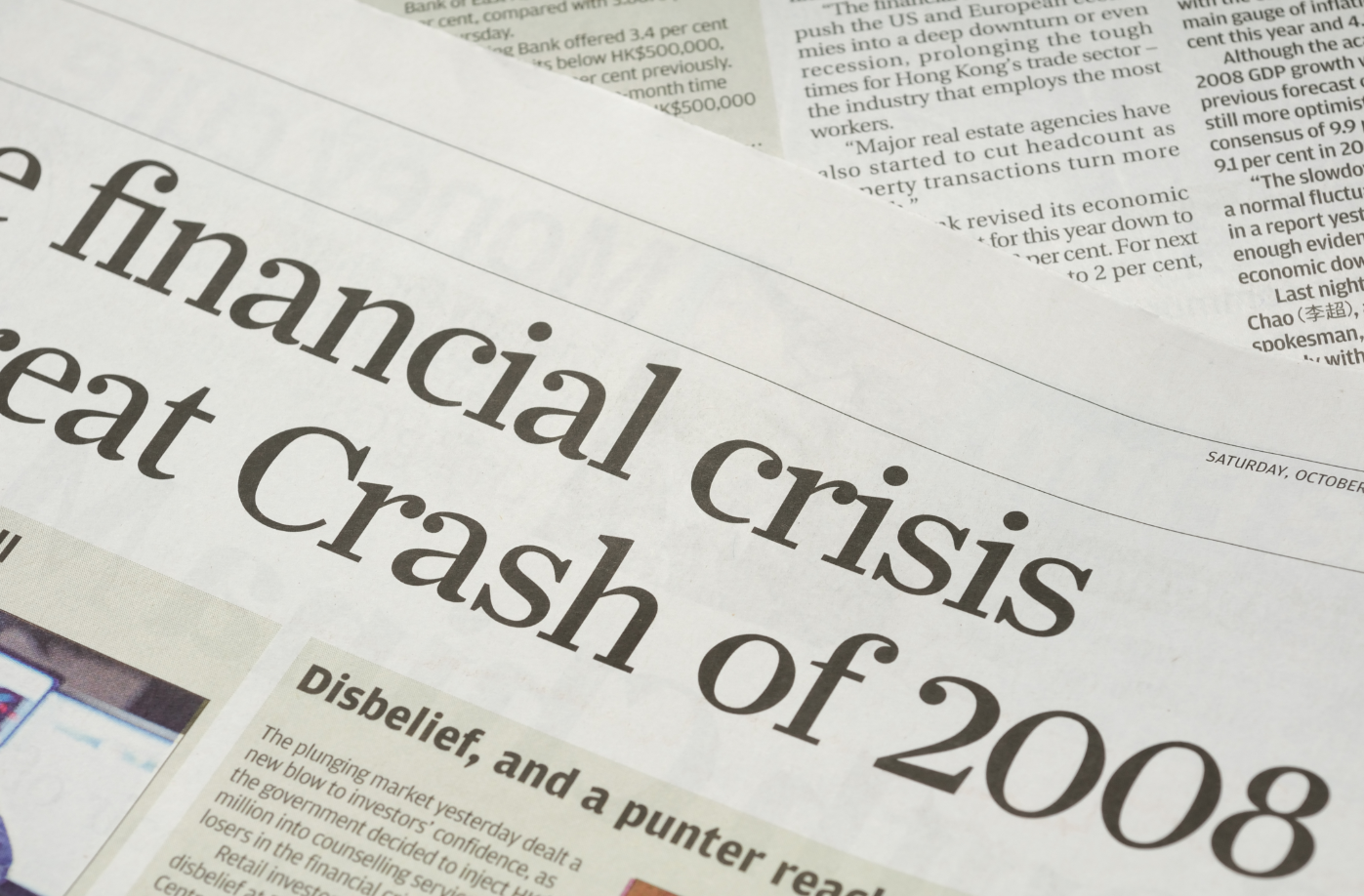Shanghai targets return to normal life starting June 1

SHANGHAI/BEIJING — Shanghai set out plans on Monday for the return of more normal life from June 1 and the end of a painful coronavirus disease 2019 (COVID-19) lockdown that has lasted more than six weeks and contributed to a sharp slowdown in China’s economic activity.
In the clearest timetable yet, Deputy Mayor Zong Ming said Shanghai’s reopening would be carried out in stages, with movement curbs largely to remain in place until May 21 to prevent a rebound in infections, before a gradual easing.
“From June 1, to mid- and late June, as long as risks of a rebound in infections are controlled, we will fully implement epidemic prevention and control, normalize management, and fully restore normal production and life in the city,” she said.
The full lockdown of Shanghai and COVID curbs on hundreds of millions of consumers and workers in dozens of other cities have hurt retail sales, industrial production and employment, adding to fears the economy could shrink in the second quarter.
The severe restrictions, increasingly out of step with the rest of the world, which have been lifting COVID rules even as infections spread, are also sending shockwaves through global supply chains and international trade.
Data on Monday showed China’s industrial output fell 2.9% in April from a year earlier, down sharply from a 5.0% increase in March, while retail sales shrank 11.1% year-on-year, after falling 3.5% the month before. Both were well below expectations.
Economic activity has probably been improving somewhat in May, analysts say, and the government and central bank are expected to deploy more stimulus measures to speed things up.
But the strength of the rebound is uncertain due to China’s uncompromising “zero COVID” policy of eradicating all outbreaks at all costs.
“China’s economy could see a more meaningful recovery in the second half, barring a Shanghai-like lockdown in another major city,” said Tommy Wu, lead China economist at Oxford Economics.
“The risks to the outlook are tilted to the downside, as the effectiveness of policy stimulus will largely depend on the scale of future COVID outbreaks and lockdowns.”
Beijing, which has been finding dozens of new cases almost every day since April 22, offers a strong indication of how difficult it is to tackle the highly transmissible Omicron variant.
The capital has not enforced a city-wide lockdown but has been tightening curbs to the point road traffic levels in Beijing slid last week to levels comparable to Shanghai’s, according to GPS data tracked by Chinese internet giant Baidu.
On Sunday, Beijing extended guidance to work from home in four districts. It had already banned dine-in services at restaurants and curtailed public transport, among other measures.
In Shanghai, the deputy mayor said the city would begin to re-open supermarkets, convenience stores and pharmacies from Monday, but that many movement restrictions had to remain in place until at least May 21. It is not clear how many businesses have reopened.
From Monday, China’s railway operator will gradually increase the number of trains arriving and departing from the city, Zong said. Airlines will also increase domestic flights.
From May 22, bus and rail transit will also gradually resume operations, but people will have to show a negative COVID test not older than 48 hours to take public transport. — Reuters




